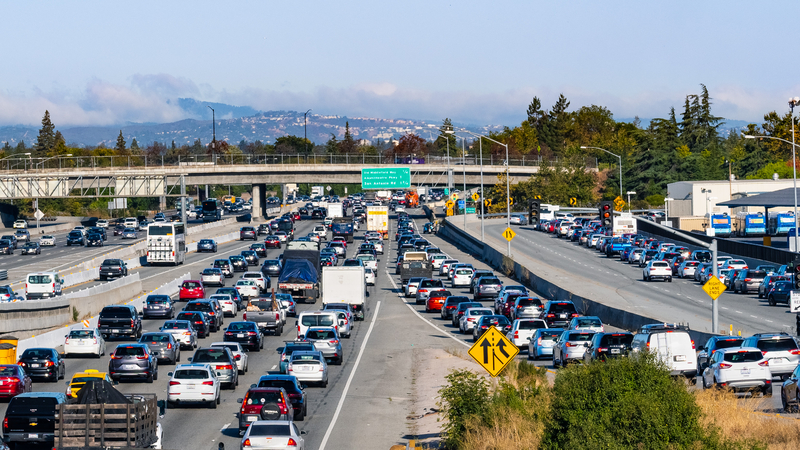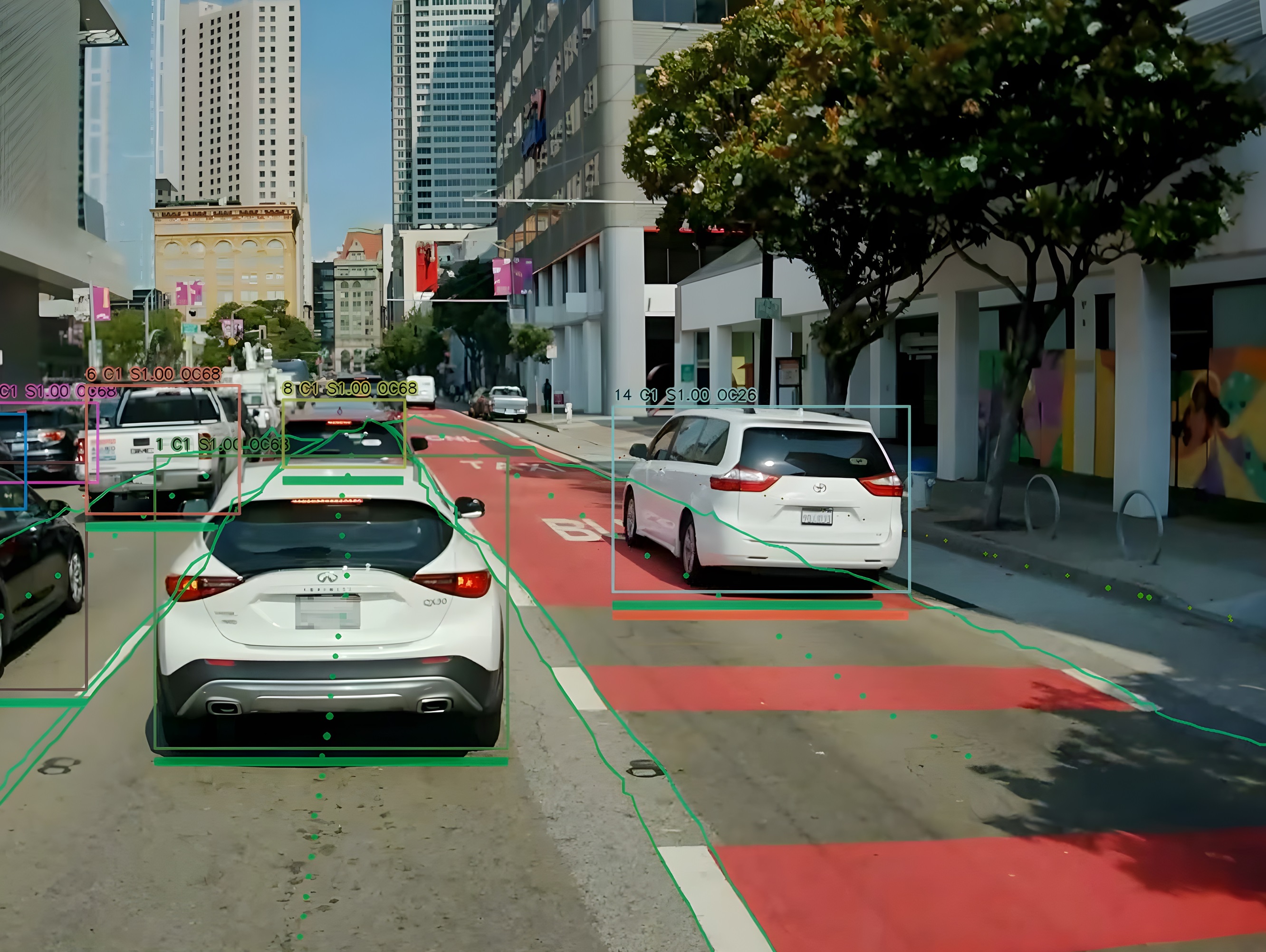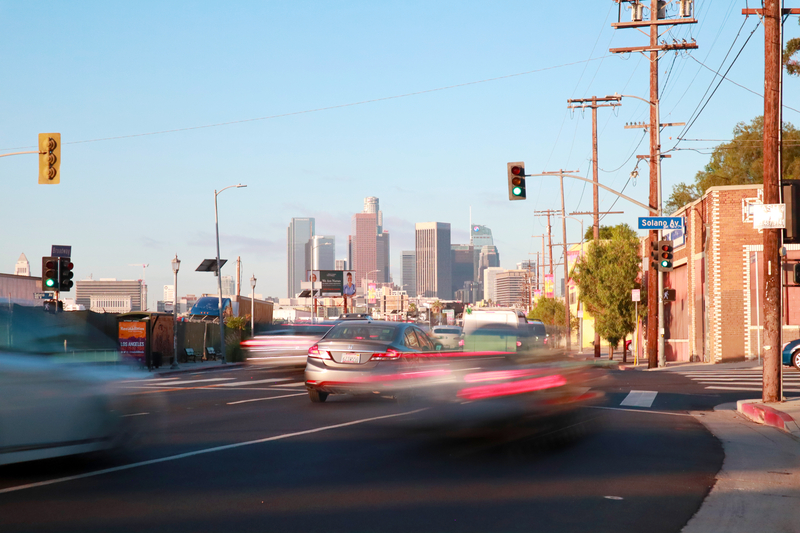
In Spain, a climate change law which comes into force in 2023 will decree that cities must discourage the entry of cars in polluted or congested areas. Abertis Mobility Services (AMS) helped in a pilot urban tolling project, Ecopeaje, for the city of Valencia, earlier this year on this theme.
The Spanish city is set to become carbon neutral by 2030 and Ecopeaje is one of the initiatives included in Missions València 2030, set up to make the city healthier and more sustainable, improving people's quality of life.
AMS developed a cloud solution for intelligent traffic management through pay-per-use and pay-per-pollution, based on satellite technology and connected vehicles. The plan in Valencia was to use dynamic pricing to restrict the use of private vehicles and prioritise pedestrians, public transport, bicycles and scooters.
Currently, congestion zones or clear air zones tend to be more basic, says AMS boss Christian Barrientos: “If you are a polluter, you pay a fine; if you are not a polluter, you can enter the area and you pay nothing. It’s very simple, straightforward. In the short run, what this will do is to incentivise polluting cars to get out of the downtown areas and you will get two effects: one, you will reduce pollution from combustion engines; and secondly, you will reduce congestion. So two benefits, very simple.”
There is a problem, however. “In the medium and long run, with the emergence of electric vehicles, people will be able to enter these areas without paying a fine, so you will have congested cities anyway,” he points out.
Spain’s new legislation opens up interesting possibilities. Along with Valencia City Council and the Mesura Association, AMS trialled a fee structure based on five criteria - functional diversity, size of family, whether you’re self-employed, or drive an electric vehicle or are a resident of the area - so that people can be charged different amounts to drive in the city based on the type of vehicles they use, or what their work shifts are or whether they have disabilities. In short, the approach is aimed at being more sustainable and inclusive rather than “black or white”, says Barrientos.
Social agreement
However, not only do you need clever technology to make this work – we’ll come to that in a moment – you also need an element of public support. So are road users happy with the idea?
“That's a challenge, you know, to implement these kinds of things,” he says. “Not only here in Spain, but all around the world, you need a lot of what I call ‘social agreement’. But if you want to have more sustainable cities, you have to do something about it. You have to think smarter. In terms of demand, one of the most efficient ways to do that is to charge fees – and people have to understand that this is a way to incentivise more efficient use of the area of the city which has scarce space. But to get more support, the other thing is to be quite clear that these charges will be used for the benefit of the city, so you invest those resources in more cycleways or to improve areas for pedestrians, or to improve your public transportation systems. So that's the way you can get more, let's say, social consent for you to implement these kinds of things. If revenues are taken just for private people doing business, that is not going to work.”

On the technical side, AMS used GPS to track usage with dongles installed in cars. “The good news is that all new vehicles, in particular EVs, already have telematics capacity,” Barrientos continues. “So it's feasible today to connect your systems to the telematics of vehicles and track their trips, how many kilometres in an area within a city. The technology is now available, this is not rocket science.”
The main challenge, he thinks, is how to manage the information in back-office systems – not only in terms of privacy but the sheer scale of the task involved. If you are tracking the location of each vehicle every five or 10 seconds, that’s a lot of information to process.
“Everything is possible,” Barrientos laughs. “But it's something that has to be managed in the right way so that you don't create a mess here.”
Turning the information that you're tracking from the vehicle into a trip for which you can charge a fee is the hard bit: it depends on the kind of vehicle, the profile of the driver: a resident or not a resident, a polluting car or not, the time of the day, e.g. rush hour or not. The back office is where you build the trip with your matching technology plus do all the processing of that information.
Direct learnings
AMS’s Valencia pilot just took a sample of 50 participating vehicles to find out how people were using infrastructure within the city and to consider ways to charge them or to apply discounts. The results are being assessed and if the Valencia authorities want to escalate the scheme, then AMS already has experience of this in the US, where it has implemented the matching engine and the data-processing engines.
There will be direct learnings which can be applied to both countries, but Barrientos points out that the main source of road-related revenue in the US is currently gas tax rather than tolls. “But that paradigm is being completely destroyed by EVs,” he says. “So they are starting to think about this challenge, launching or implementing pilots for road user charging. But the solution is basically the same: I need to track the vehicle, bill that trip and charge a fee based on the kind of vehicle, the user and everything.”
AMS has implemented pilots and schemes in Oregon, Utah and Virginia. “We are bringing that experience to Europe,” he says. “The technology is basically the same.” As Barrientos points out, free-flow tolling is in effect a form of road user charging – it just needs gantries to give you a fair approximation of trip length. “But that technology will be left in the coming five or 10 years because EVs - and all new vehicles - are already connected,” he says. “While you will continue to install gantries, you can extract directly information from the intelligence of the vehicle.”
Lots of data
It will all come back to data – lots of it. And this is changing the way that the ITS industry needs to look at the people it employs, Barrientos insists. “You have to think about how to manage massive data today - and that requires a different profile of engineers.”
Software engineers in the past were building back-office systems to manage hundreds of millions of data points. “But in this case it is thousands of millions, or hundreds of thousands of millions every day,” he says. “So it's a different framework, a different mindset, you need a different profile of engineers here. That’s the key challenge: it is not easy to find those engineers in the market today.”
Barrientos is an engineer himself – but as he says, the world of information was simpler when he was at college. Data engineers are hard to come by and for now AMS is working with consultants who can provide those capabilities.
“But that is something we have to learn - not just how to build the technology but also what kind of resources in terms of people you need to bring to the organisations which are, as I said, different profiles from the past. I don't know if we will find those engineers in the University of Madrid, or London, or Harvard. For now they are scarce – and I’ve been told they're quite expensive,” he laughs.
It’s not the only thing that’s changing: Barrientos sees a strong trend towards the integration of different traffic or mobility systems into single platforms. “Cities are looking at suppliers who can provide not only the back office but the technology to integrate all these solutions into one single, consolidated solution to solve the mobility challenges – and not only as suppliers of the technology but also as operators,” he concludes. “Because they need people who are experts in managing the operation of mobility.”
There’s clearly a lot of work to be done out there.












